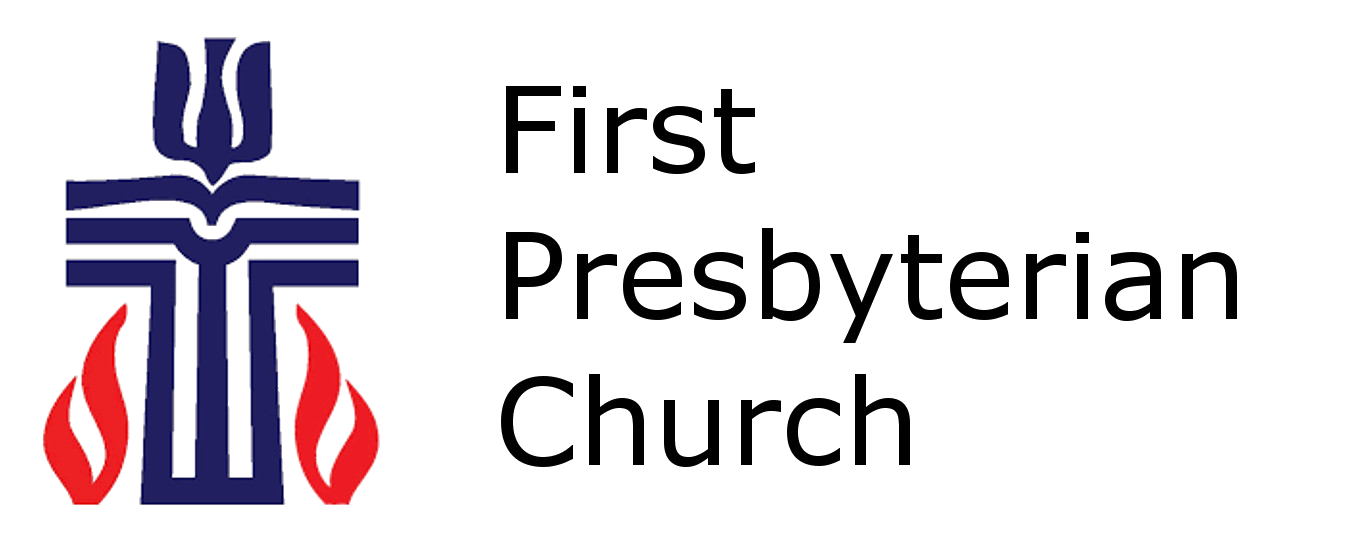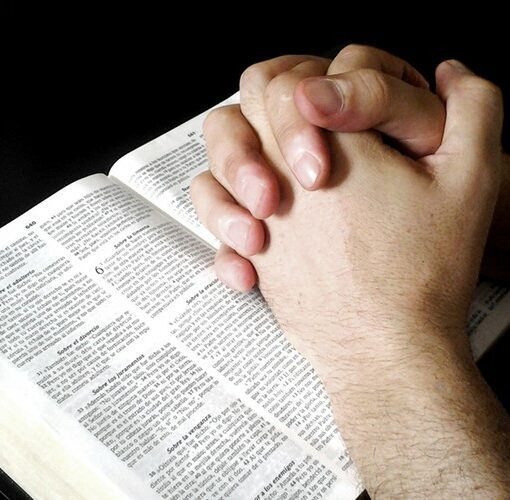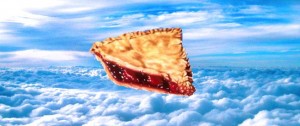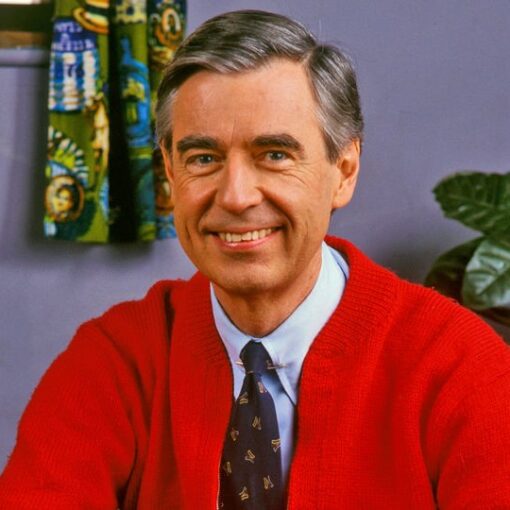Independence Day, in the United States, the annual celebration of nationhood held on July 4. It commemorates the passage of the Declaration of Independence by the Continental Congress on July 4, 1776. This document announced the separation of the 13 North American colonies from Great Britain. In 1870 the U.S. Congress made Independence Day an unpaid holiday for federal workers, and in 1938 it became a paid federal holiday. Also called the Fourth of July, the holiday is celebrated across the United States with parades, fireworks shows, picnics, concerts, and other festivities. Independence Day is also notable for its displays of patriotism, as many Americans commemorate the day by flying the American flag and dressing in the flag’s colors of red, white, and blue.
You may also like
Of Heretics and Outlaws – The Edict of Worms Up until 1521, it had been relatively safe to show an interest in […]
The Bible is filled with commands to give thanks to God (Psalm 106:1; 107:1; 118:1; 1 Chronicles 16:34; 1 Thessalonians 5:18). Most verses go on to […]
Pie Pie. Me oh my, Nothing tastes sweet, wet, salty and dry All at once, oh well it’s pie Apple! Pumpkin! Minced […]
Won’t You Be My Neighbor Day – March 20, 2025 Won’t You Be My Neighbor Day is celebrated every year on March 20. […]




